Look Out for the 2020 Lyrid Meteor Shower

The April Lyrids are a meteor shower lasting from April 16 to April 26 each year. The radiant of the meteor shower is located in the constellation Lyra, near its brightest star, Vega.
Someday, Betelgeuse Might Explode.
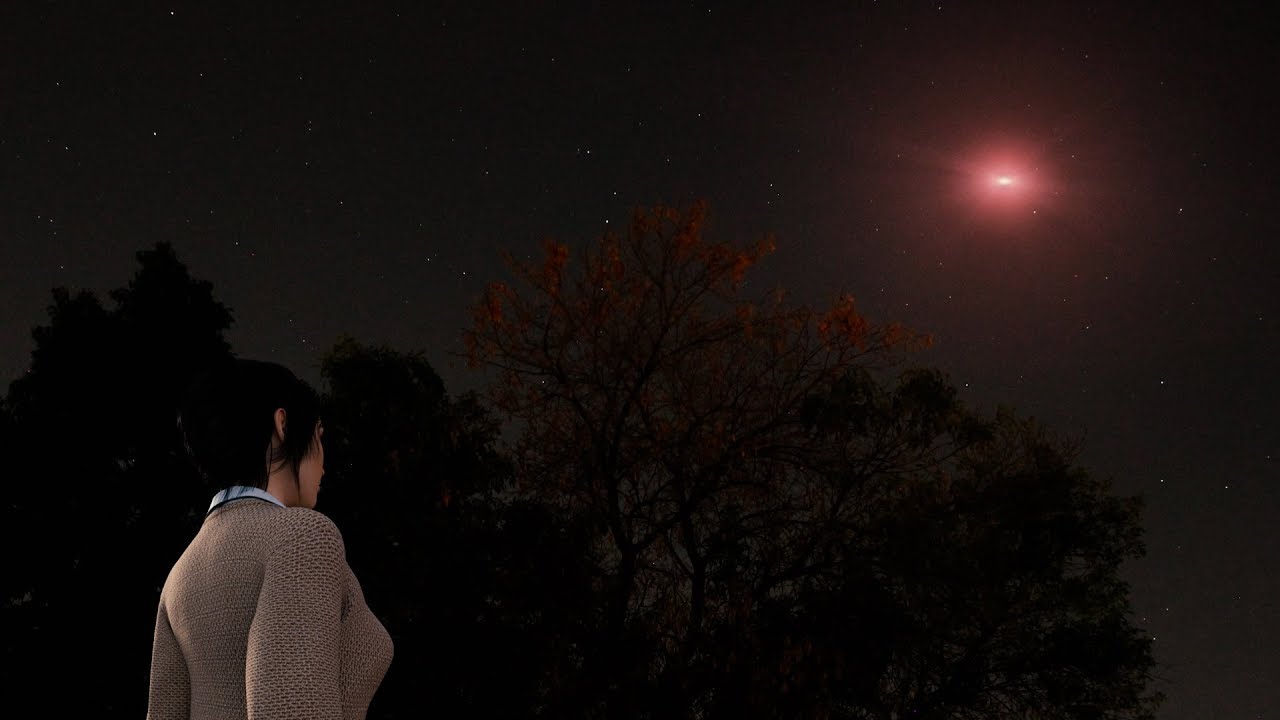
Betelgeuse is usually the tenth-brightest star in the night sky and, after Rigel, the second-brightest in the constellation of Orion. It is a distinctly reddish semiregular variable star whose apparent magnitude, varying between +0.0 and +1.6, has the widest range displayed by any first-magnitude star. At near-infrared wavelengths, Betelgeuse is the brightest star in the night sky. Its Bayer designation is α Orionis, Latinised to Alpha Orionis and abbreviated Alpha Ori or α Ori.
Earth-Size, Habitable Zone Planet Found Hidden in Early NASA Kepler Data

A team of transatlantic scientists, using reanalyzed data from NASA’s Kepler space telescope, has discovered an Earth-size exoplanet orbiting in its star’s habitable zone,
A Huge Asteroid Will Safely Pass the Earth this Month
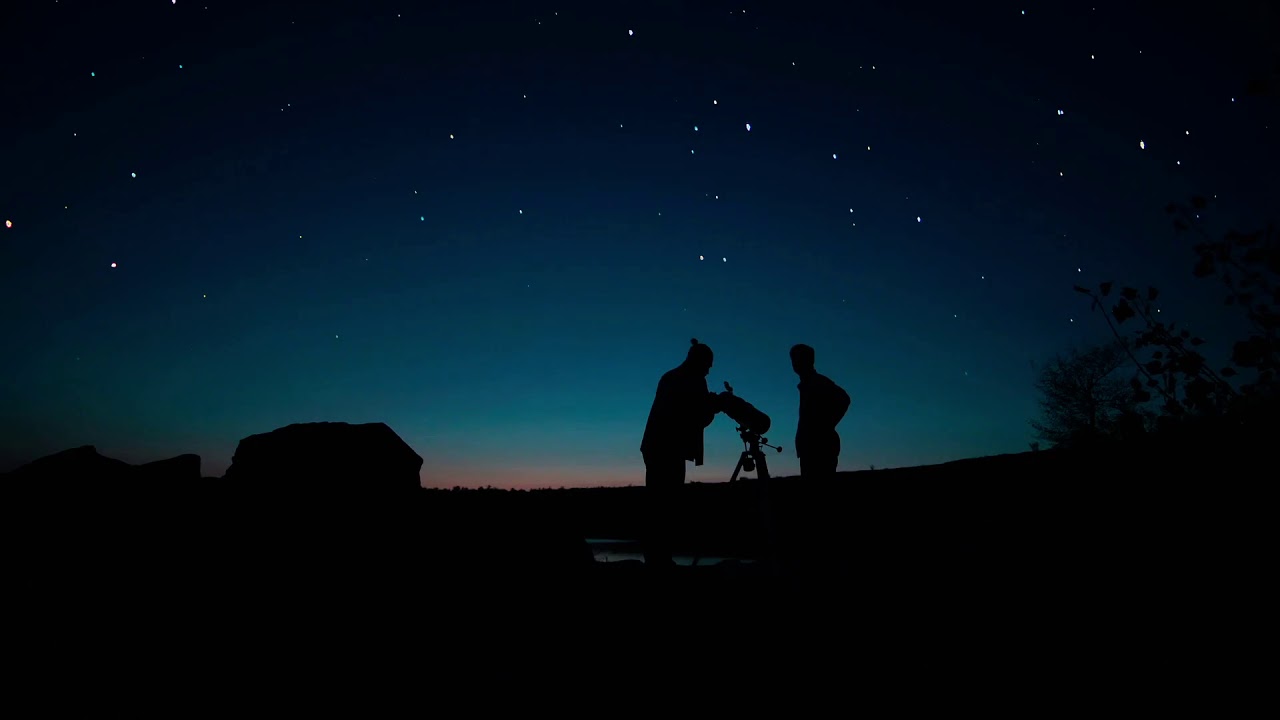
It is April 2020 and there is a huge asteroid headed this way. According to Astronomers, a very big space rock designated Asteroid 52768 1998 OR2, will pass us safely, at around 4 million miles.
The Pink Super Moon 2020
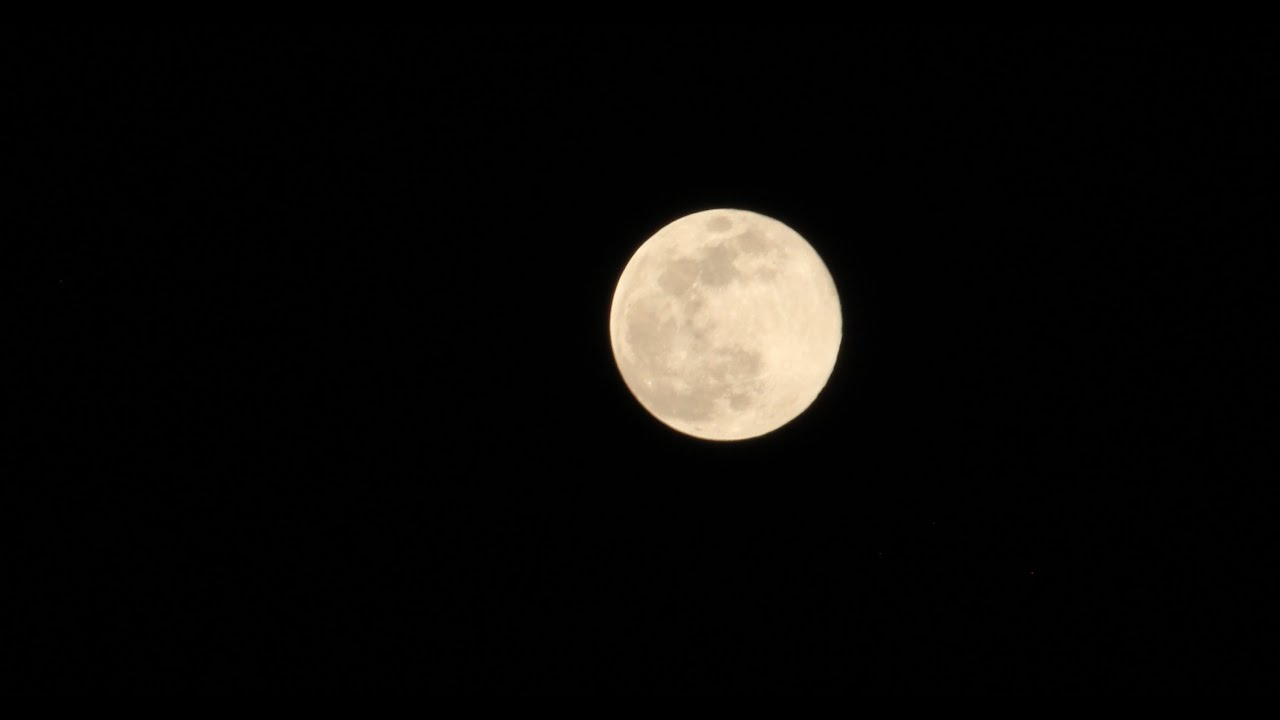
What is a pink moon? The pink supermoon name is a northern Native American reference to an early-blooming wildflower and is first seen across North America as spring begins. Tuesday night’s “pink moon” was the largest supermoon of the year. The full moon coincided with the lunar perigee — the moon’s closest point to Earth in its monthly orbit, which gives […]
Check Out the Mercury Transit from Griffith Observatory
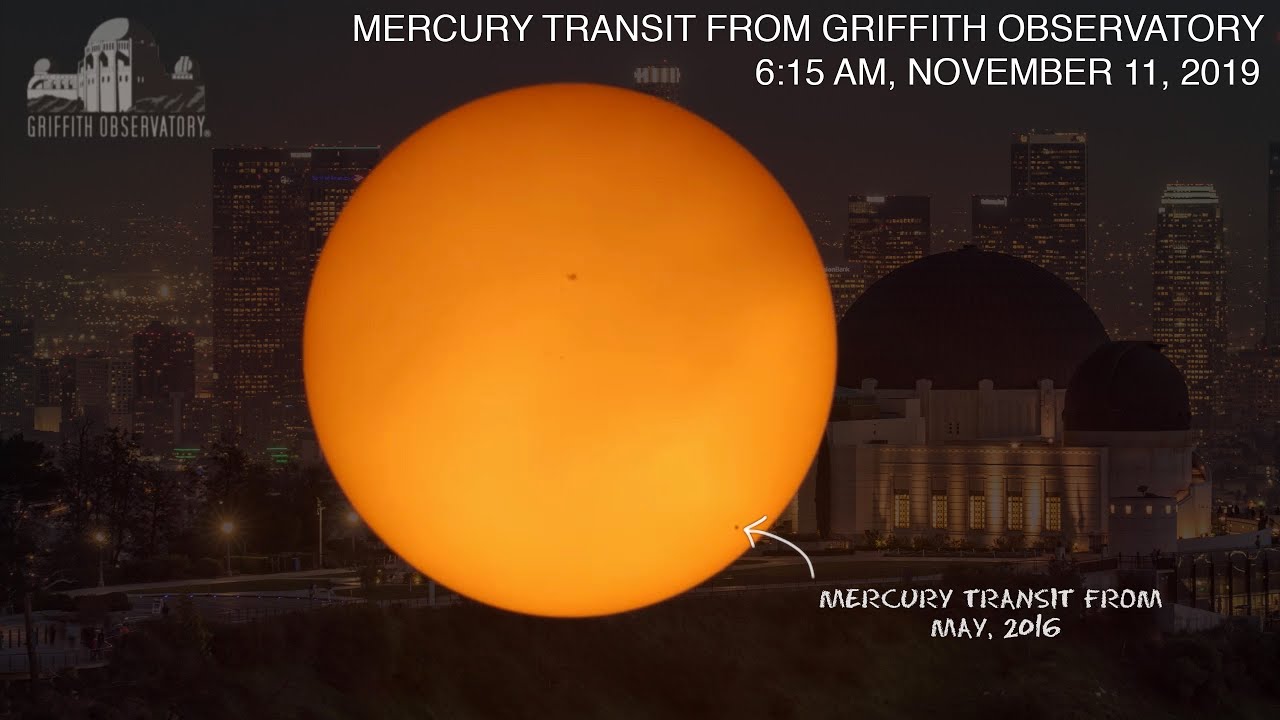
Mercury will pass in front of the sun on the morning of November 11, 2019. View the transit safely from the comfort of your computer and join us live from Griffith Observatory. NEVER look at the sun directly without proper eye protection. All Space Considered is Griffith Observatory’s live science program that is free and […]
Orionid 2019 Coming Soon!
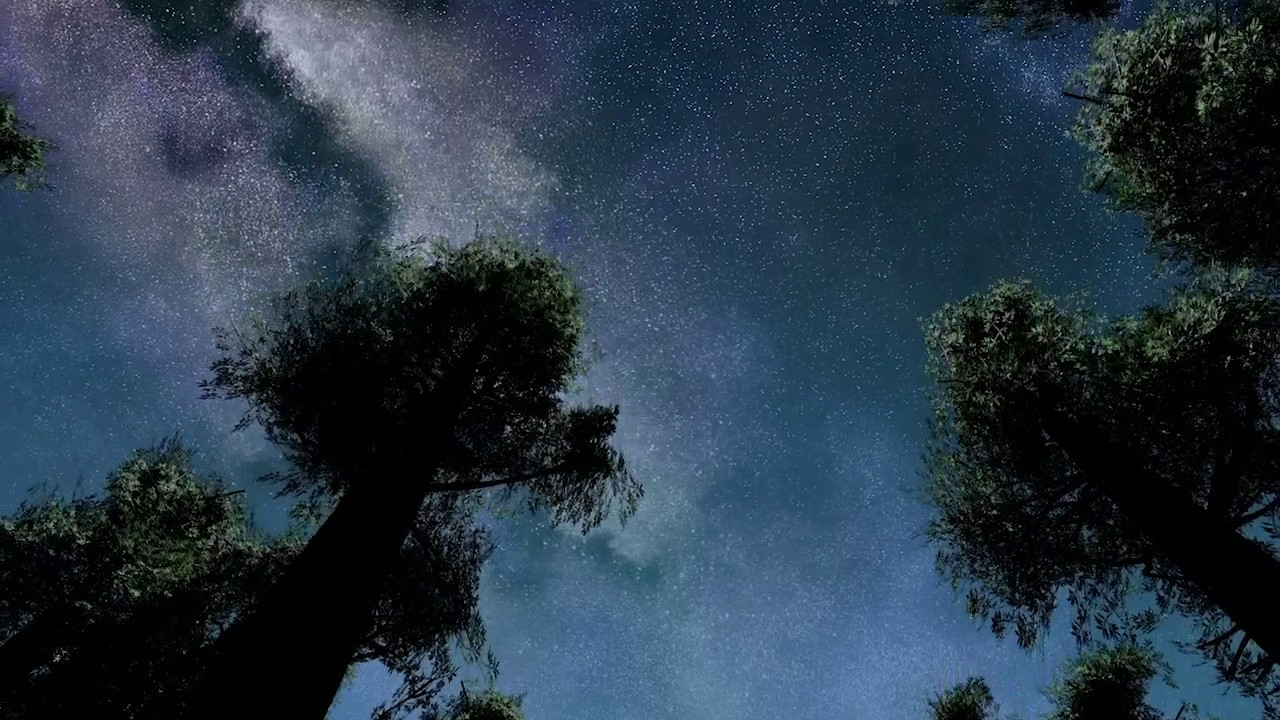
It is Fall 2019 and time for another Orionid meteor shower. The meteors can be seen between October 2 to November 7, with the peak occurring during the morning of October 21st or 22nd. The Orionids occur when the Earth passes through the debris left behind by Haley’s Comet, which is the parent comet […]
Newly Discovered Comet Maybe Interstellar Visitor
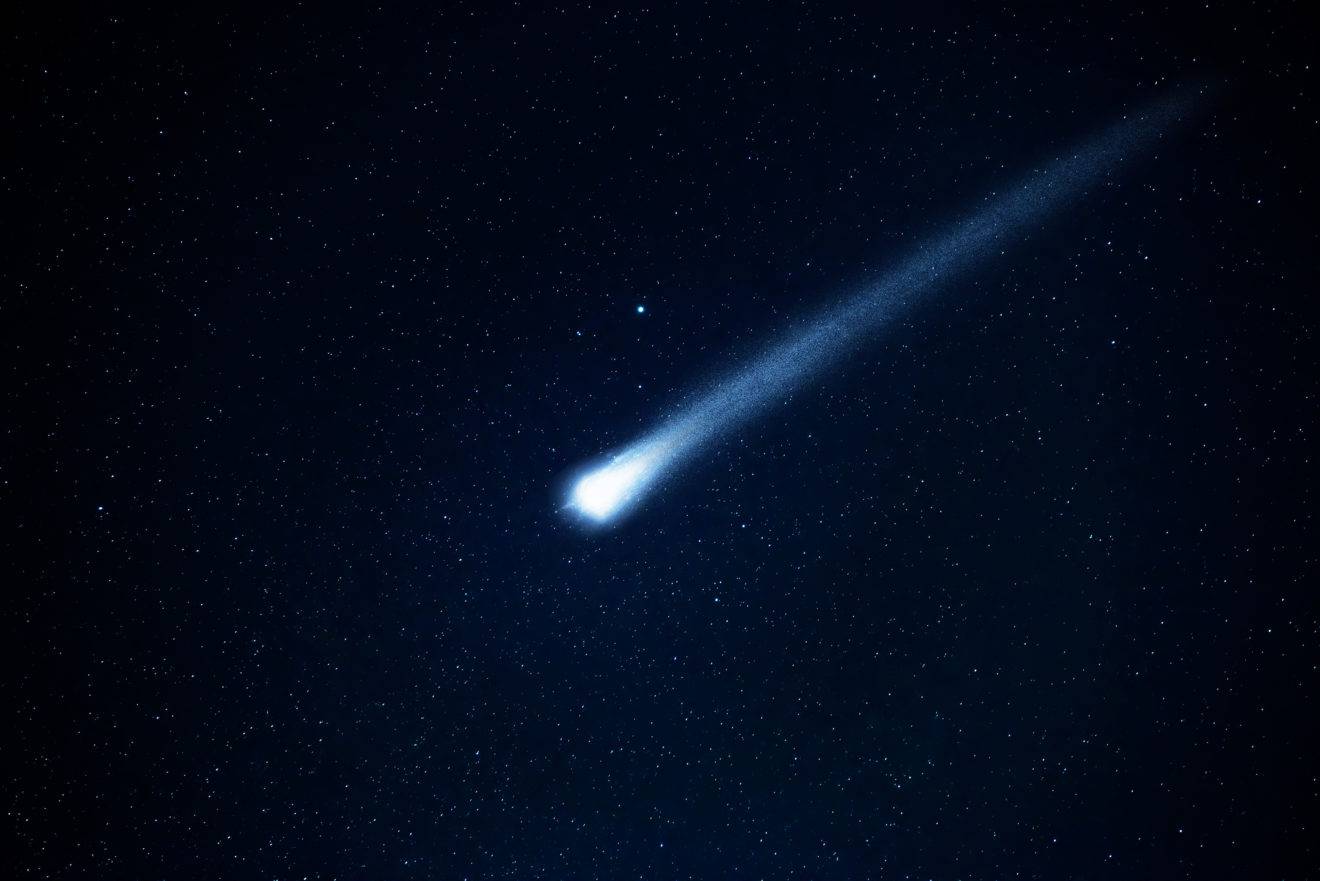
A newly discovered comet has excited the astronomical community this week because it appears to have originated from outside the solar system. The object is designated C/2019 Q4 (Borisov), and wasdiscovered on Aug. 30, 2019, by Gennady Borisov at the MARGO observatory in Nauchnij, Crimea. The official confirmation that comet C/2019 Q4 is an interstellar […]
Small Asteroid Exploded in Our Atmosphere
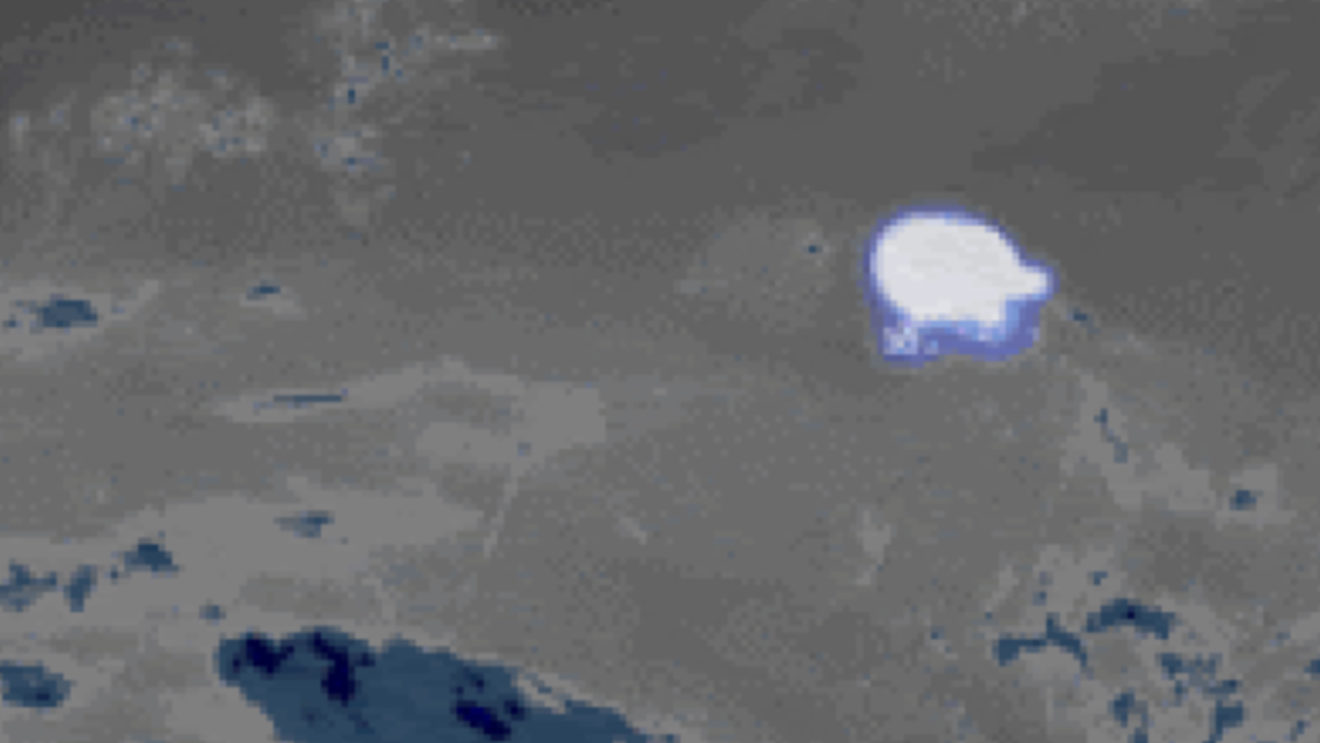
On Saturday, the Earth’s atmosphere was impacted by a small meteor. This confirmed by scientist. The incident occurred on June 22, 2019 at 5:25 p.m. EDT. NOAA’s GOES-16 satellite along with others detected the flash over the Caribbean, about 170 miles from Puerto Rico. The object, designated Asteroid 2019 MO, was detected prior to […]
Small Asteroid FlyBy March 21, 2019
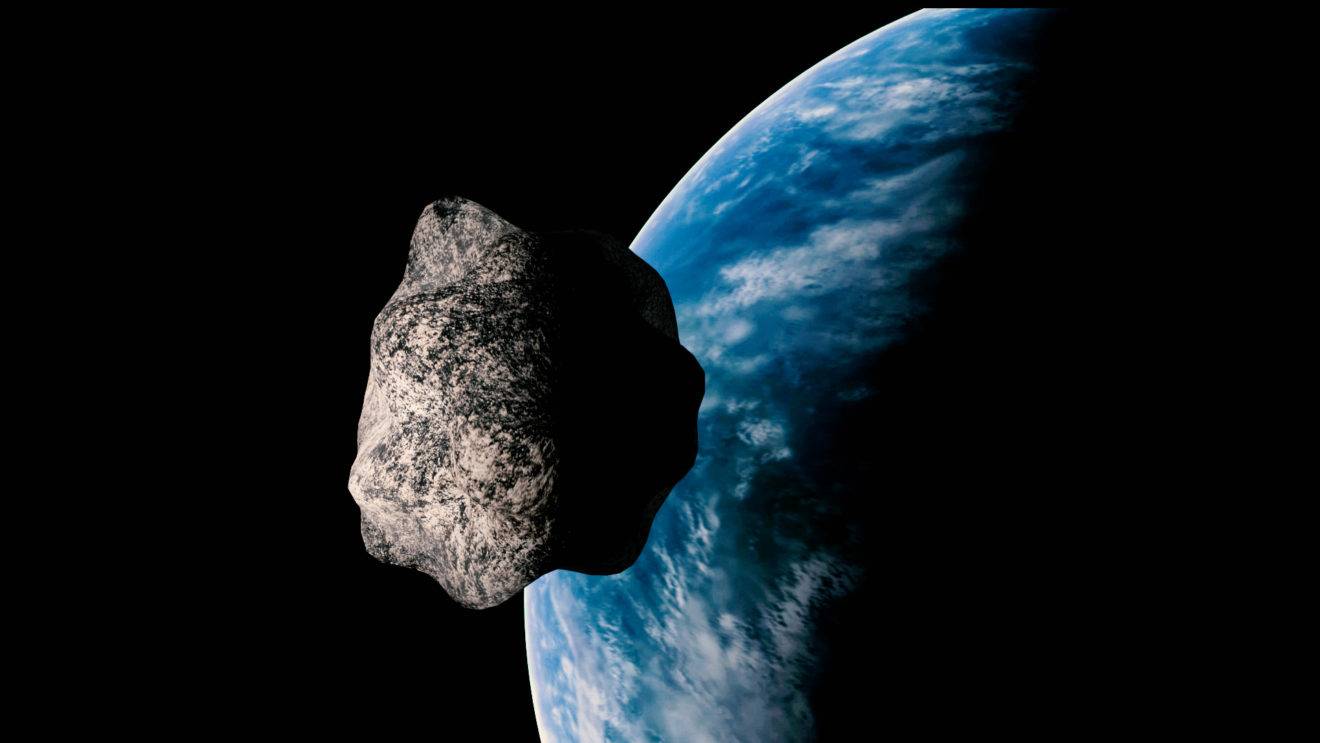
house-sized asteroid was discovered by astronomers at the Mount Lemmon Observatory outside of Tucson, Arizona on March 9, 2019


